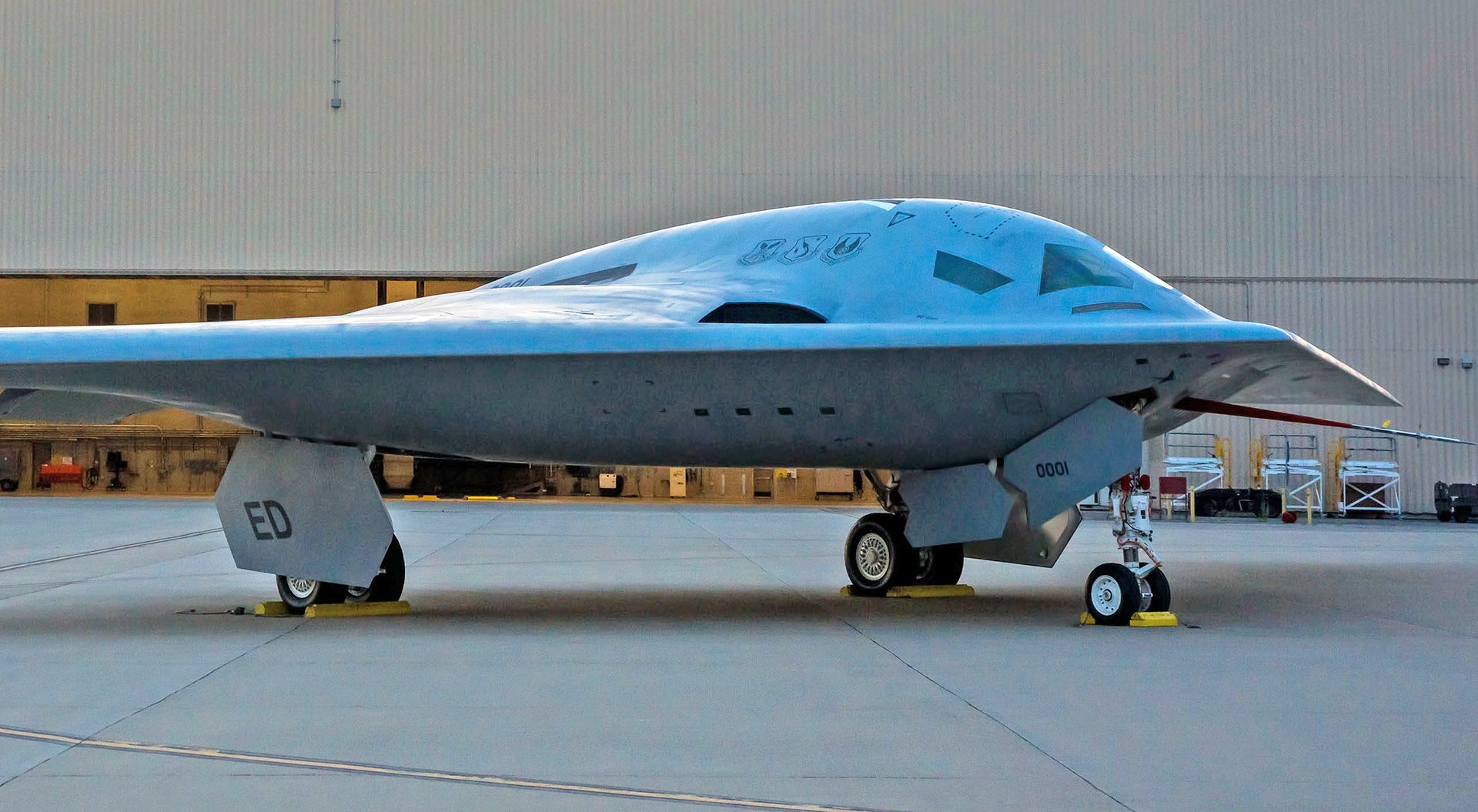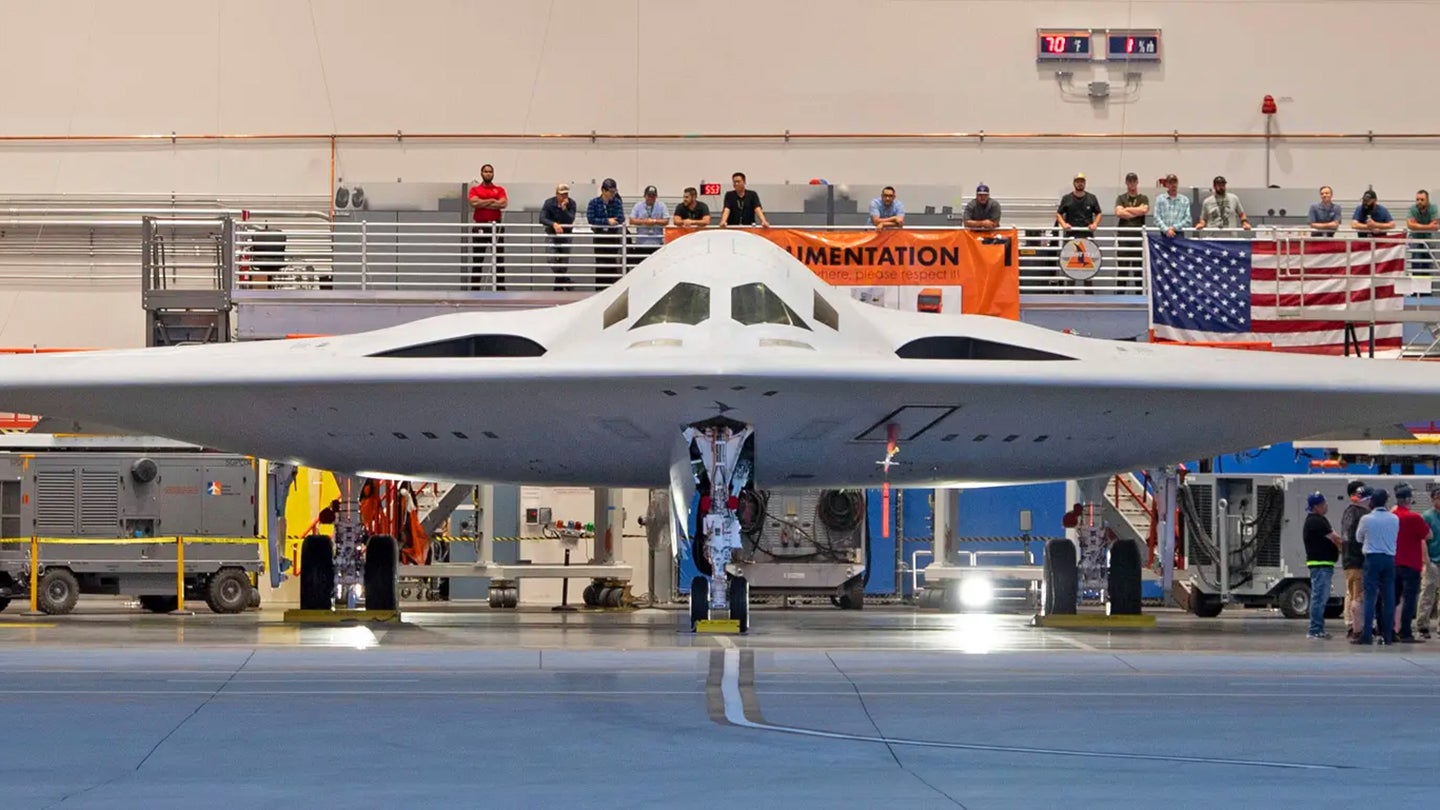MIflyer
Captain
Latest picture released by the USAF.

Follow along with the video below to see how to install our site as a web app on your home screen.
Note: This feature may not be available in some browsers.
Ad: This forum contains affiliate links to products on Amazon and eBay. More information in Terms and rules


Something about that plane looks really familiar...
One can only hope...Hopefully they build more than 21 of 'em.
This decade?whatever 'first procurement' means
The last I heard regarding numbers was 'We are looking at 53 for the first procurement.' - whatever 'first procurement' means.
This decade?